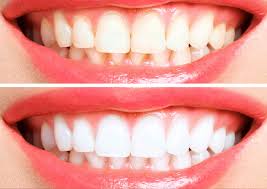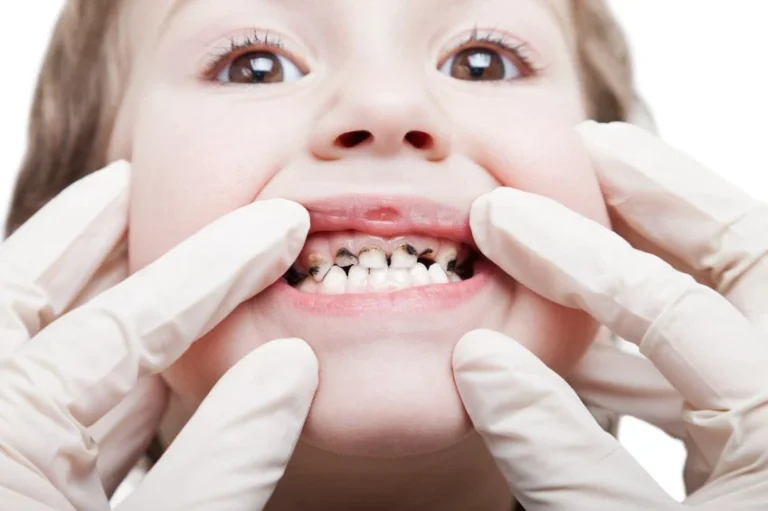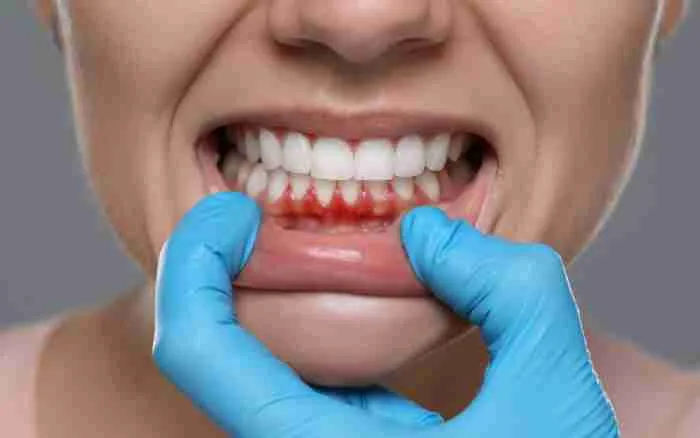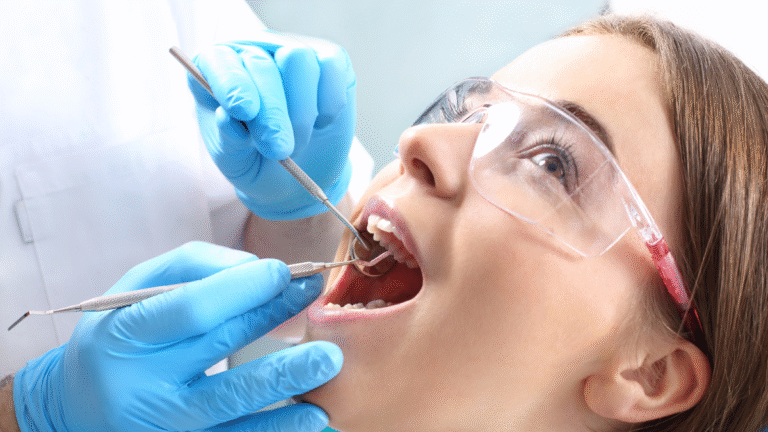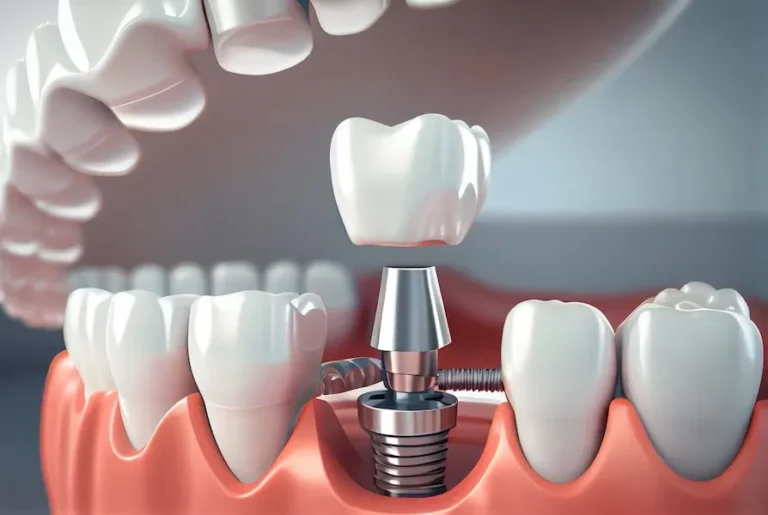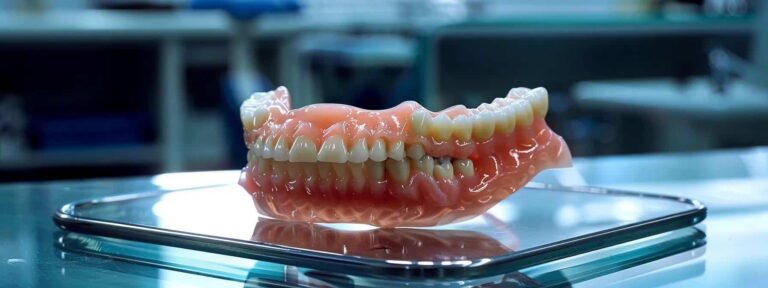Achieving a Brighter Smile With Teeth Whitening
Teeth whitening is a cosmetic process focused on lightening the shade of tooth enamel and addressing surface discoloration. Through a combination of professional procedures and at-home options, individuals have access to helpful avenues for enhancing the appearance of their teeth. Here’s information about achieving a brighter smile with teeth whitening:
Identifying Types of Tooth Discoloration
Tooth discoloration presents in two distinct forms: extrinsic and intrinsic. Extrinsic stains develop on the enamel’s surface. They result from frequent exposure to foods and beverages such as coffee, tea, and red wine. Tobacco use is another contributor; it can cause yellow or brown surface stains that dull the natural brightness of teeth over time.
Intrinsic stains occur within the tooth structure. Factors such as trauma, certain medications during tooth development, or high fluoride exposure in childhood may cause changes below the enamel. These stains tend to resist whitening agents more than extrinsic stains. By identifying the type of stain, individuals are better equipped to select effective whitening strategies.
Choosing Professional In-Office Whitening Procedures
Professional teeth whitening delivered in a dental office relies on high-concentration peroxide gels for noticeable effects. Before treatment begins, providers may place protective barriers on the gums and lips to limit sensitivity. The dentist applies the whitening agent evenly across the teeth, helping reduce irritation and prevent inconsistent outcomes. A special light or laser is used in some cases to accelerate the process by activating the peroxide.
Visible changes often appear after just one session, and this makes the treatment appealing for patients seeking quick results. Dentists also guide patients on treatment frequency and overall suitability. They help make sure whitening remains both safe and integrated into a broader oral care plan.
Selecting At-Home Whitening Systems
At-home systems deliver practical alternatives, utilizing lower concentrations of whitening ingredients. Some dentists supply custom-fitted trays, accompanied by prescribed peroxide-based gels. These trays promote even distribution of the gel, and users wear them for set periods over several weeks. This approach supports gradual whitening, catering to individuals who prefer incremental results.
Maintaining Whitening Results
Preserving a brighter smile requires consistent care after whitening treatment. A key strategy is reducing consumption of foods and beverages that stain enamel, such as dark sodas and brightly colored sauces. Rinsing with water after consuming these items may further limit their staining effects. Daily oral hygiene also plays a role in sustaining results. Brushing and flossing remove debris and help prevent new discoloration, while whitening toothpaste provides added support in maintaining brightness. Routine dental visits for professional cleanings and evaluations promote early management of stains, supporting long-term success.
Ask Your Dentist About Teeth Whitening
Teeth whitening offers several options for individuals looking to enhance their smile. By identifying the cause of discoloration, evaluating both professional and at-home treatments, and adopting habits that maintain results, patients can establish a framework for long-term oral aesthetics. Consistent oral hygiene and regular dental evaluations are another key way to achieve a bright smile for longer. Consult a cosmetic dentist today for personalized guidance and expert recommendations on teeth whitening.

